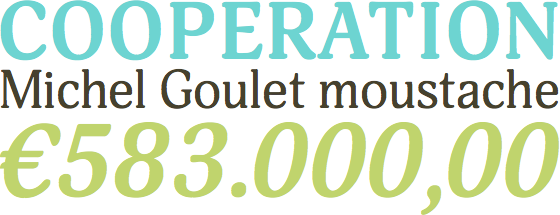

Sixteen typefaces have been added to the Typekit library in all, including Futura PT.

Self.As if it wasn’t already evident from yesterday’s post announcing Futura, we are thrilled that ParaType has joined Typekit. _defaultFontDescriptor = defaultFontDescriptor ĬGFloat preferredSize = floatValue] PreferredFontLabel.h PreferredFontLabel : (nonatomic) UIFontDescriptor #import "PreferredFontLabel.h" So, my idea is to observe appropriate notification, calculate size delta based on preferredContentSizeCategory property and apply delta to text view's default font size (which was set in IB or programmatically). And it should invalidate preferred fonts or font descriptors and acquire new ones as needed. When your app receives that notification, it should send the invalidateIntrinsicContentSize message to views positioned by Auto Layout or send setNeedsLayout to user interface elements positioned manually. It’s also important to observe the UIContentSizeCategoryDidChangeNotification so that you can re-layout the text when the user changes the content size category. I noticed that property preferredContentSizeCategory changes in response to setting text size in Settings. The actual font used for the purpose described by a text style can vary based on a number of dynamic considerations, including the user’s content size category preference, which is represented by the UIApplication property preferredContentSizeCategory.

As noted in Text Programming Guide for iOS, I expect that changing text size in Settings will change text sizes in my app by some delta instead of setting fixed value. #define SYSTEM_VERSION_LESS_THAN(v) ( systemVersion] compare:v options:NSNumericSearch] = *customFont = Īs far as I understood returns a font with fixed size for a particular font style regardless of text view default size.

#HELVETICA NEUE TYPEKIT CODE#
Interface builder in xCode6 gives you the correct font name that you can copy-paste into the code below. Modify your code to account for this but programmatically setting font for iOS7 and selecting it in xCode6 interface builder. In iOS8 you add your fonts directly to the project and they are visible in the interface builder. After that you only need to use that font by: UIFont *customFont = Search for your font in printed results, for example, I would search for "Josefin" and I would see that actual font name is "JosefinSansStd-Light". You will do that with this little piece of code: NSArray *fontFamilies = įor (int i = 0 i < i++) If you don't see your font in there, drag it from Supporting Files.įinally, you would like to list all your fonts when the app starts just to see useable name for your font. Do that by selecting your Target, then Build Phases, then Copy Bundle Resources. Make sure that the font you imported to your app is being packed into app itself.For example: "JosefinSansStd-Light_0.otf" Add "Fonts provided by application" key into your plist and in Item 0 copy the exact filename of the font you copied to your Supporting files WITH extension. First of all I'm assuming that SpriteKit doesn't make any difference.


 0 kommentar(er)
0 kommentar(er)
